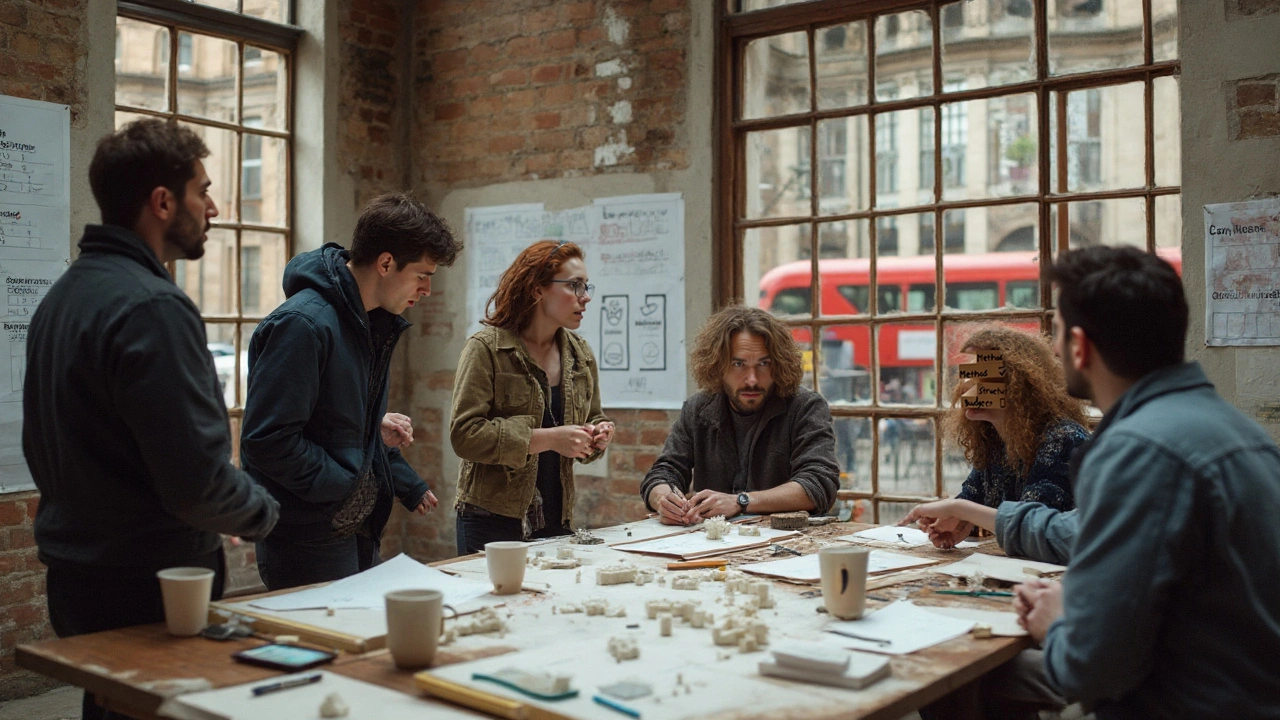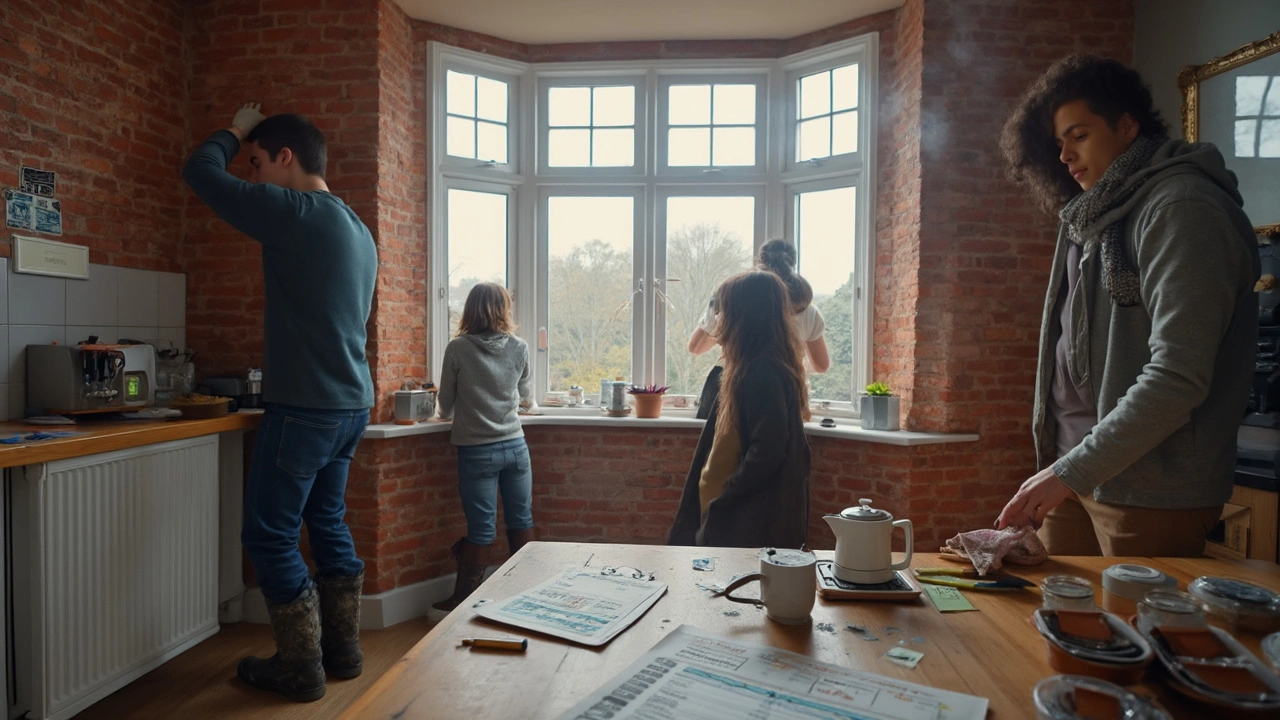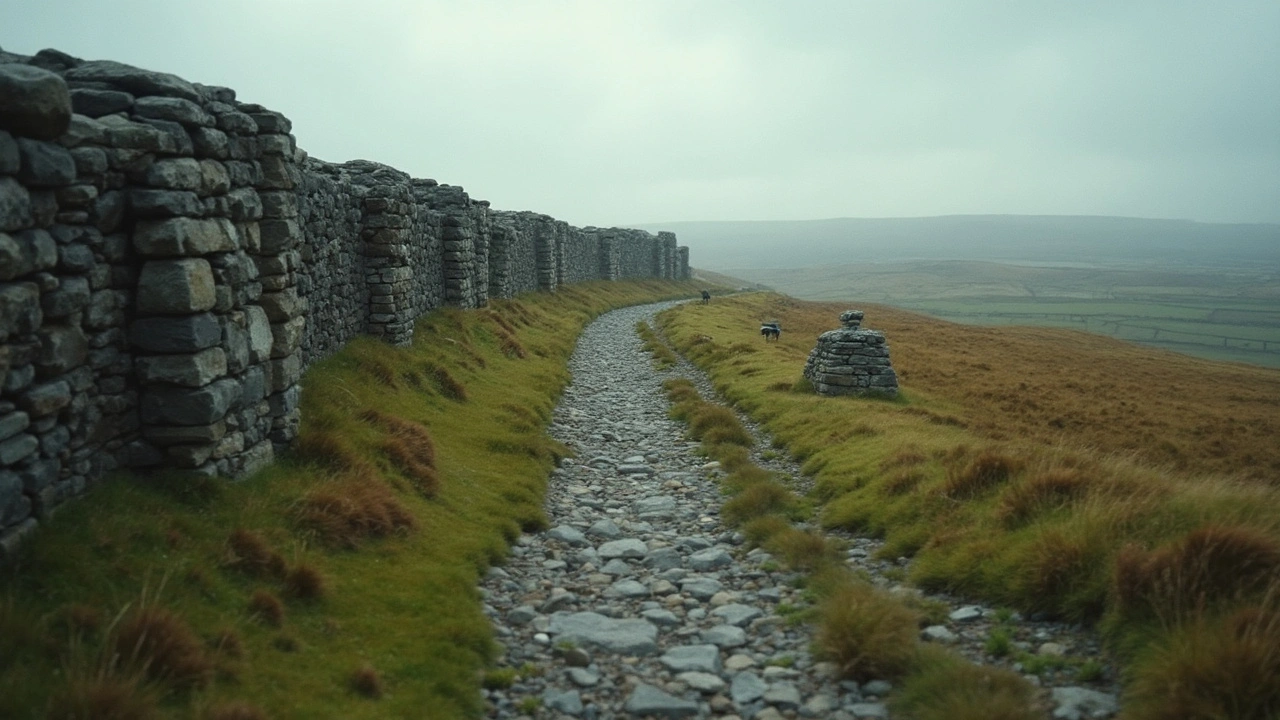What September 2025 Delivered for Architecture Lovers
If you skimmed our archive for September 2025 you’ll see a mix of cutting‑edge tech, green building tips, and deep dives into historic styles. Below is a quick guide that pulls out the most useful points from each article, so you can apply the ideas right away.
High‑Tech, Smart & Sustainable Design
Two pieces focused on the future of high‑tech architecture. The first article broke down how smart materials, IoT sensors, and 3D‑printed components are turning buildings into energy‑saving machines. It gave a checklist: start with a daylight‑responsive façade, add a data‑driven HVAC system, then consider modular 3D‑printed panels for later upgrades.
The second post zoomed in on residential projects. It listed the three first‑buy items for a smart home: a programmable thermostat, adaptive lighting that follows occupancy, and a home‑energy dashboard that shows real‑time consumption. It also warned about privacy – always choose devices with end‑to‑end encryption.
Australia’s federal architecture also made the cut. The article explained how upcoming government buildings will blend sustainability goals with Indigenous design cues. Practical takeaways include using locally sourced timber for interior finishes and installing solar canopies that double as cultural art pieces.
Reviving Historic Styles for Modern Use
Our September archive didn’t ignore the past. A guide to Gothic Revival walked you through its signature pointed arches, ribbed vaults, and decorative tracery. The piece gave a quick visual cheat sheet: look for tall, narrow windows with stone mullions and steep rooflines. It also suggested how to borrow the style for modern office lobbies – use pointed glass panels and a muted colour palette to keep it fresh.
Two posts covered the Renaissance influence on today’s cities. Both highlighted proportion, symmetry, and the use of classical orders. One article offered a step‑by‑step tip list for designers: start with a 1:1.618 ratio for façade modules, apply a grid that mirrors a Palladian window, and finish with restrained ornamentation.
Deconstructivism got a practical makeover too. The guide explained how non‑linear geometry can be cost‑effective when paired with parametric design tools. It gave three budget‑saving tricks: use prefabricated panels that follow the complex shape, rely on digital fabrication to reduce waste, and stage the façade in sections for easier installation.
On the minimalist side, the archive offered a declutter guide that works for both spaces and digital life. The key steps were: purge everything that hasn’t been used in 30 days, group similar items together, and set up a weekly review to keep the system running.
Finally, the ancient Roman article reminded us why that empire still teaches us about engineering. It broke down the use of arches, concrete mixtures, and modular design. For modern projects, the takeaway is simple: use reinforced concrete arches for long spans, and design spaces that can be reused for different functions over time.
Overall, September 2025 gave you a toolbox that mixes future‑forward tech with timeless design principles. Pick the tip that fits your current project, test it, and watch your building become more efficient, attractive, and meaningful.

High-Tech Architecture: Shaping the Future of Sustainable Design
Explore how high‑tech architecture combines smart materials, IoT, and 3D printing to create ultra‑sustainable buildings and meet future climate goals.
Read more
Future of Federal Architecture: Sustainable, Smart & Inclusive Design
Explore how federal architecture in Australia will evolve with sustainability, smart tech, indigenous influences and net‑zero goals, reshaping public buildings for the next decade.
Read moreGothic Revival Architecture Explained: History, Features, and Iconic Examples
A clear, engaging guide to Gothic Revival architecture-its origins, key features, big names, and landmark examples-plus how to spot it and tell it from the medieval Gothic.
Read more
How Renaissance Architecture Shapes Modern Design and Cities Today
What survives from Renaissance architecture today? Clear principles, modern examples, and a cheat sheet to spot it in buildings, squares, and skylines.
Read more
Pushing the Envelope with Deconstructivism: Design, Structure, and Cost
A clear, practical guide to pushing deconstructivism beyond sculpture-covering design methods, structure, budget, and buildability, with examples and checklists.
Read more
Reviving the Renaissance: How Renaissance Architecture Shapes Modern Design Today
A clear, practical guide to how Renaissance ideas-proportion, symmetry, order-shape modern architecture, with examples, checklists, and step-by-step tips.
Read more
Minimalism Guide: Declutter, Simplify, and Make Room for What Matters
A practical minimalism guide to declutter, simplify, and focus on what matters. Clear steps, checklists, examples, and FAQs for home, digital life, and habits.
Read more
High-Tech Architecture: How Smart Design Is Transforming Homes in 2025
Not sci-fi-high-tech architecture is here. See what it means, what to buy first, real costs, energy savings, privacy risks, and a step-by-step plan you can actually use.
Read more
Ancient Roman Architecture: Power, Prestige, and Engineering That Built an Empire
How Rome used architecture to project power and solve real problems. Learn the tech, the symbols, and how to read Roman buildings in minutes.
Read more